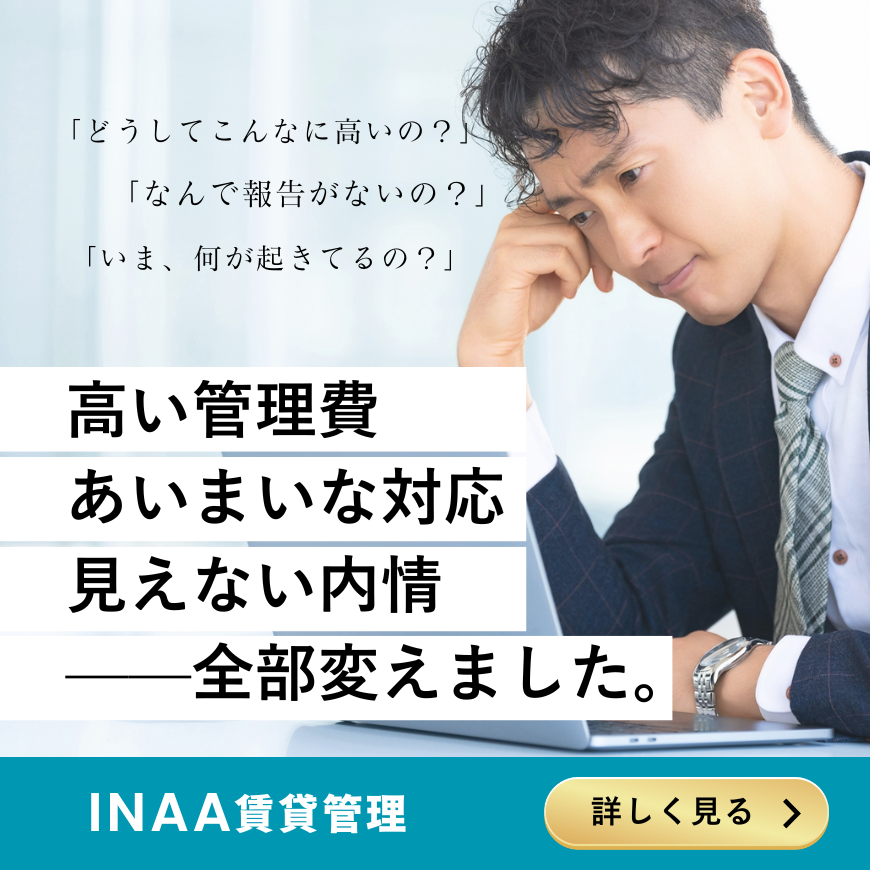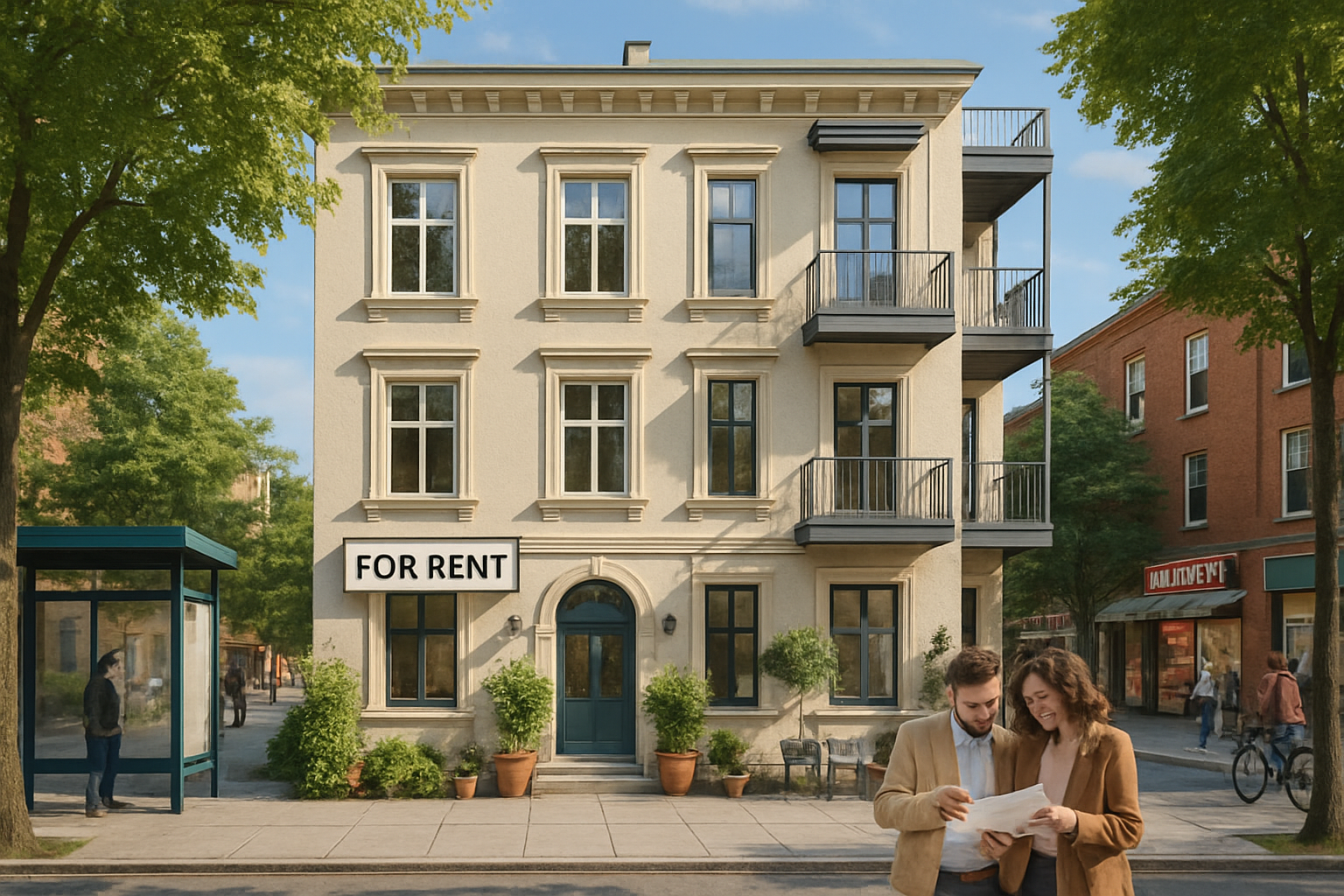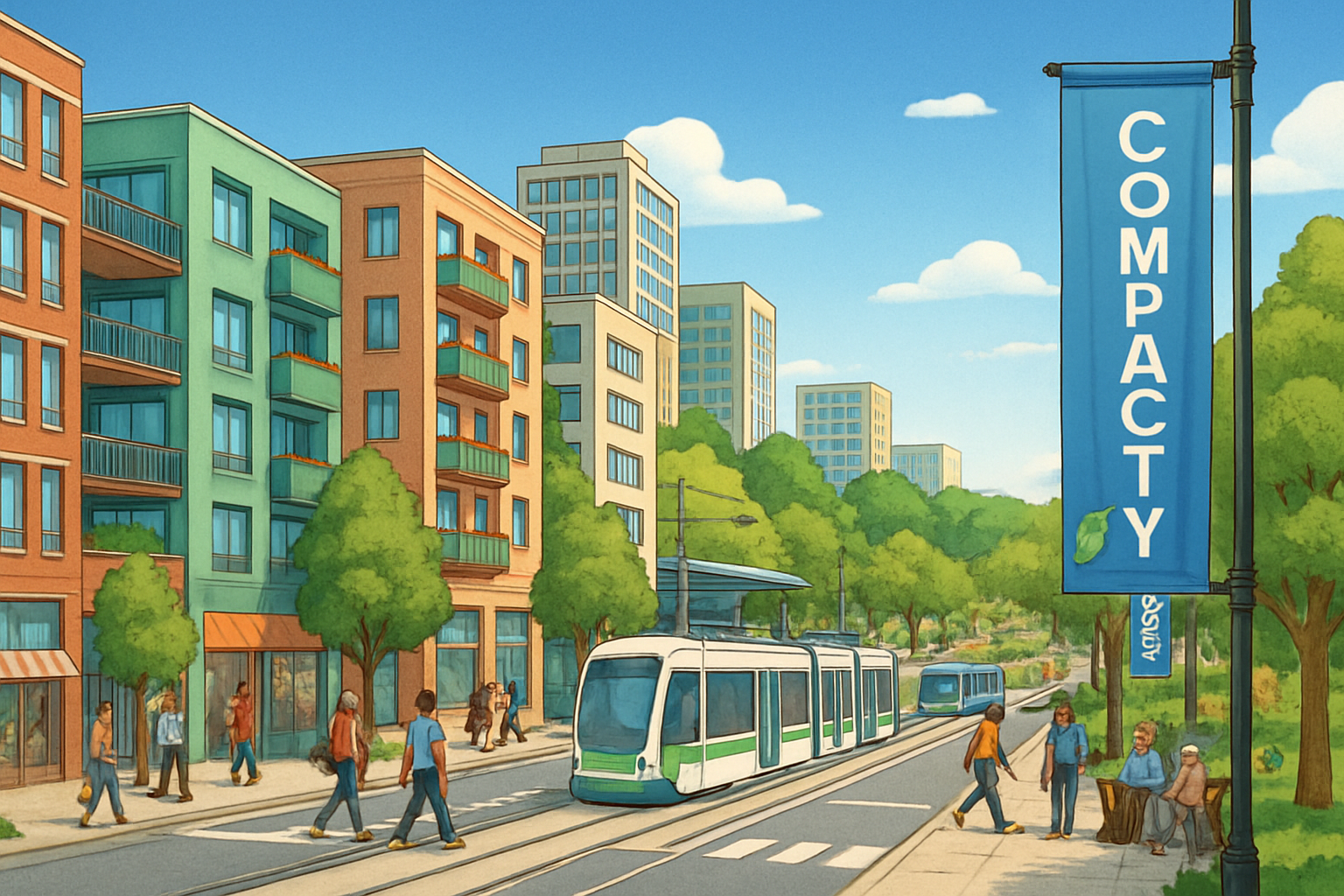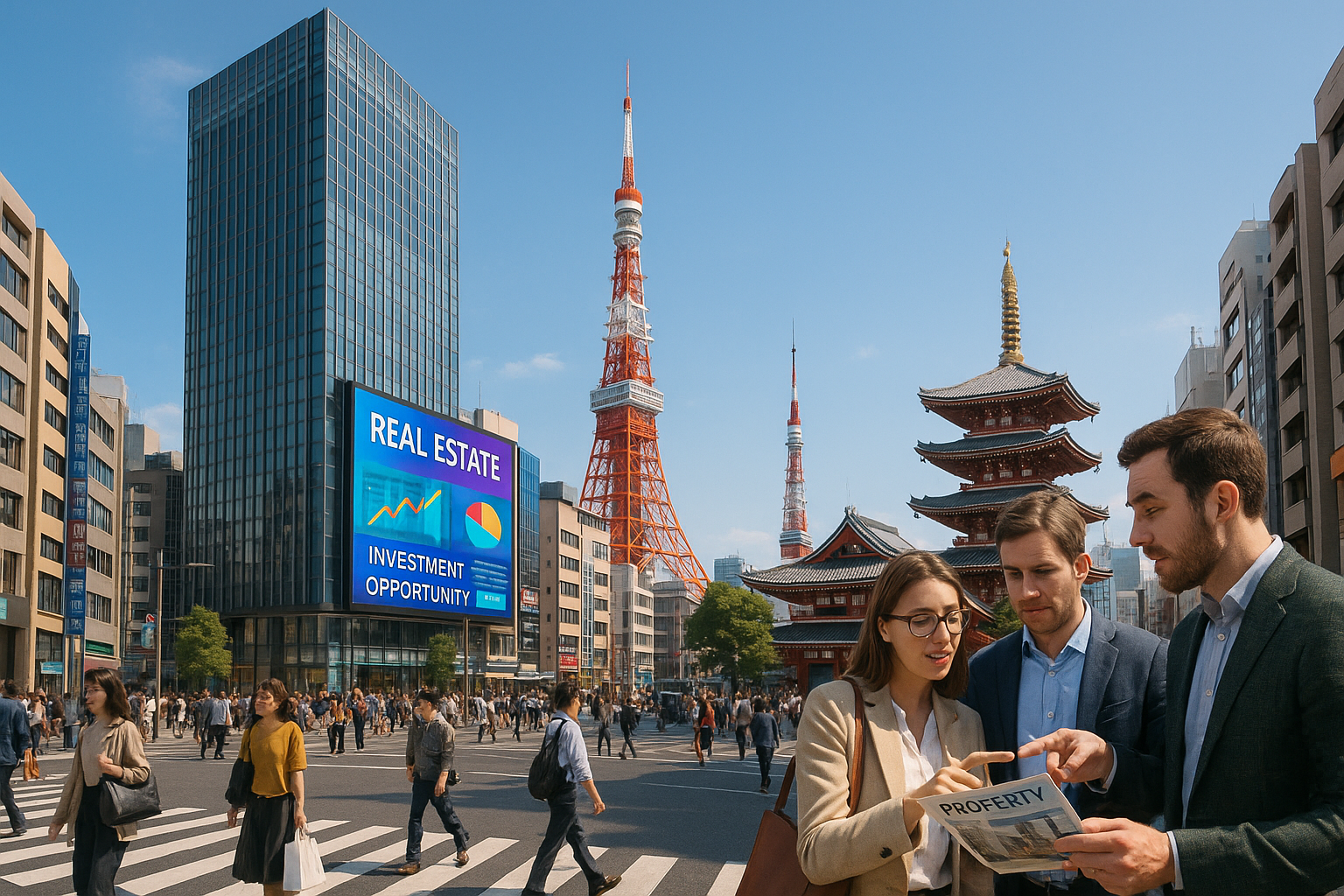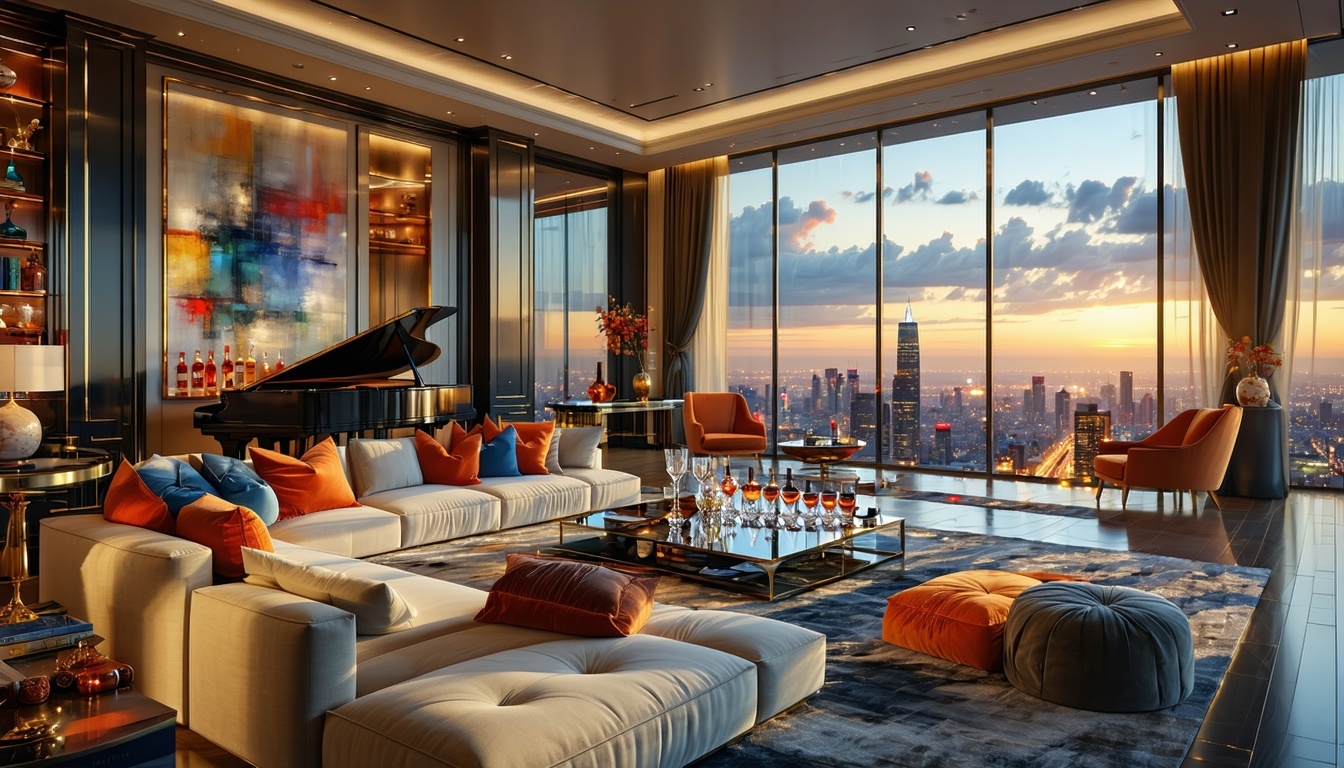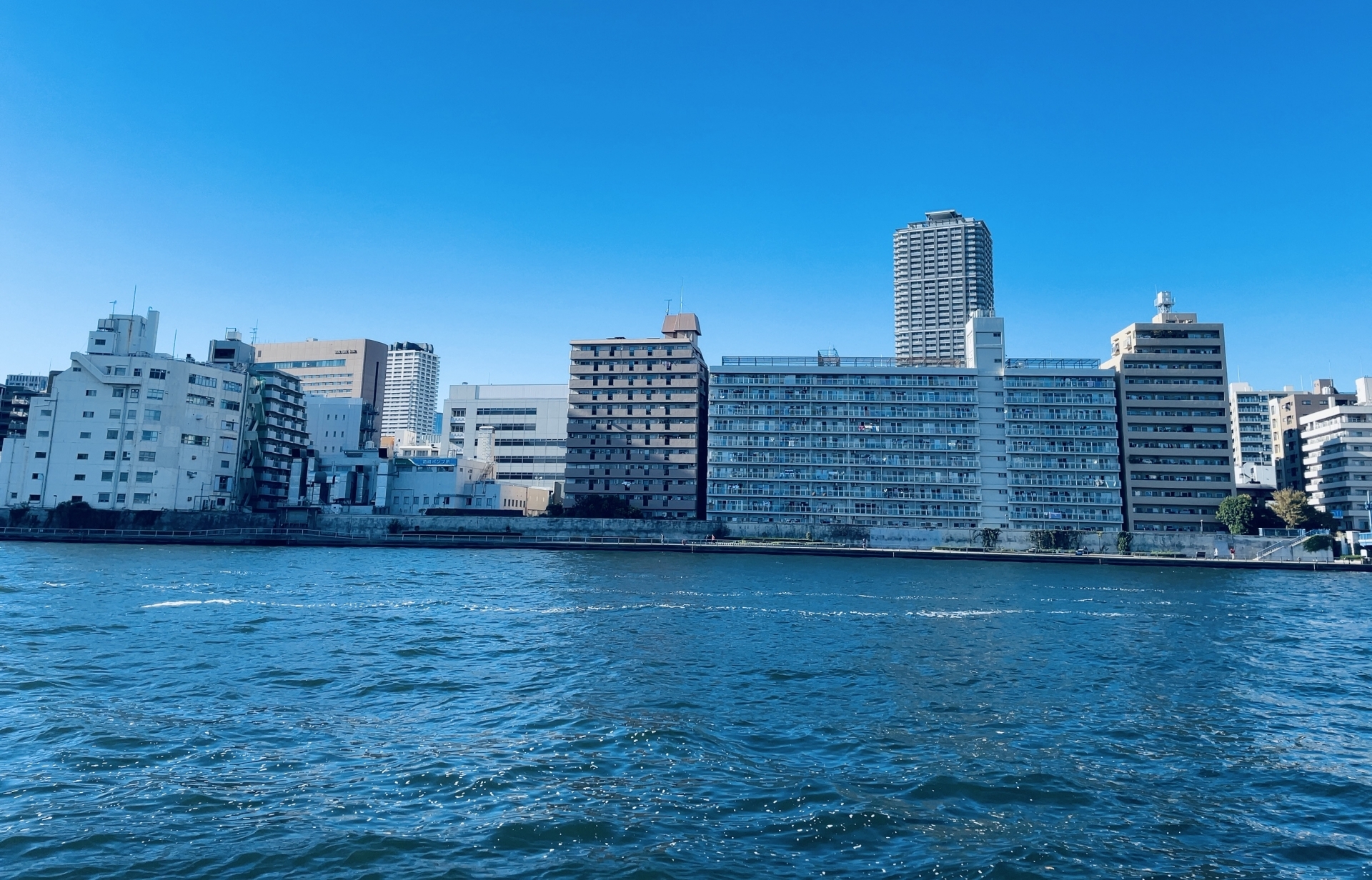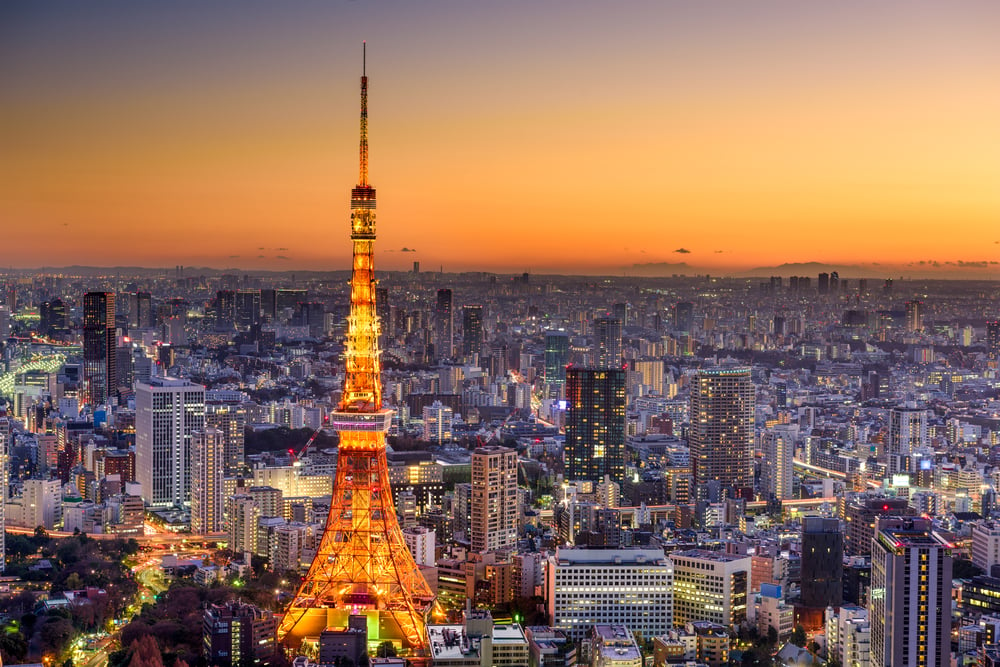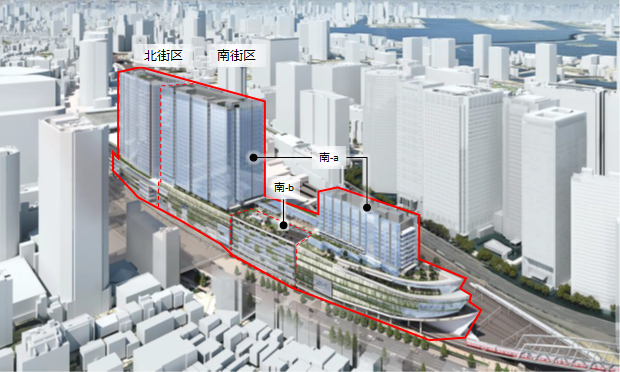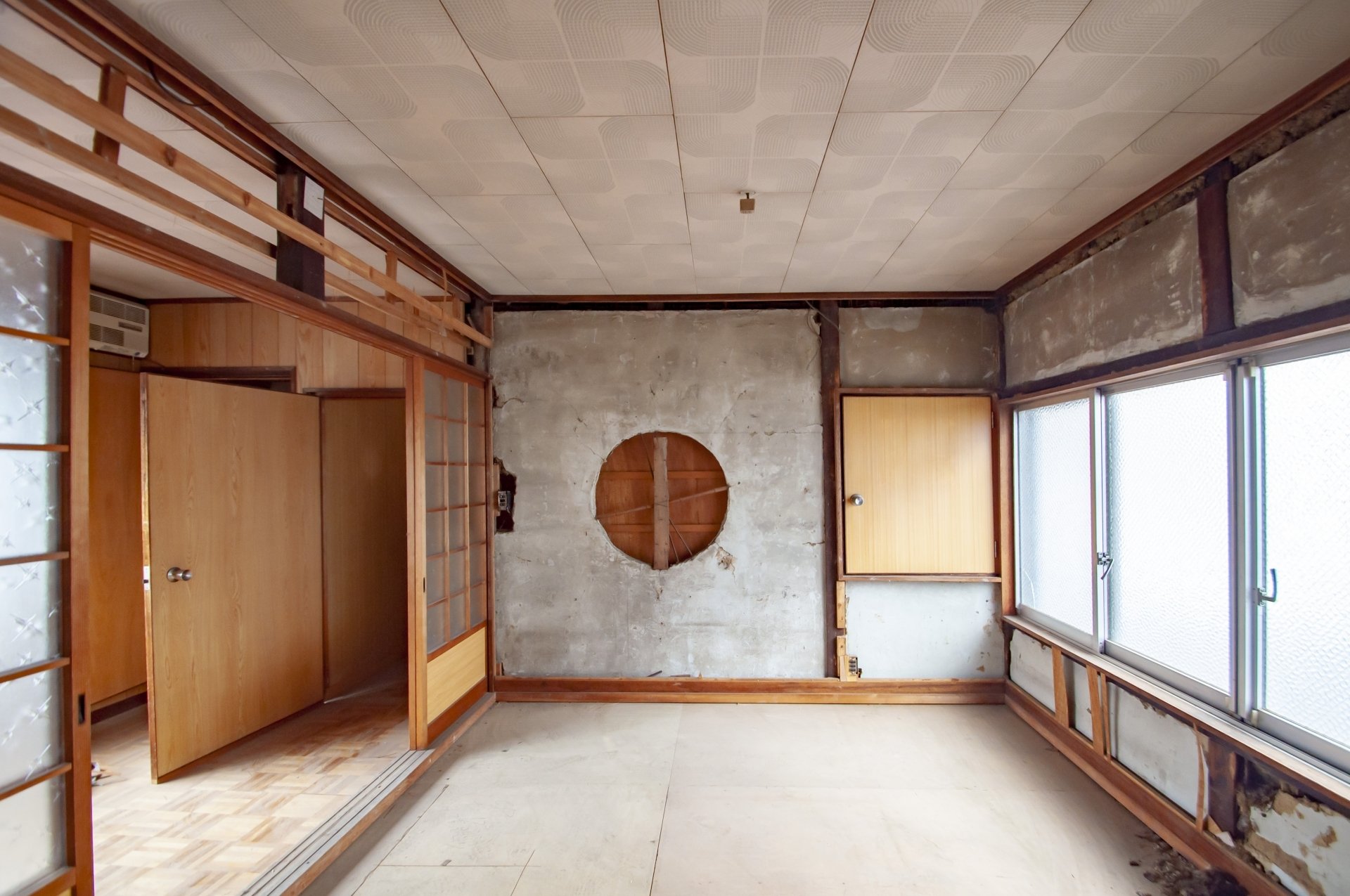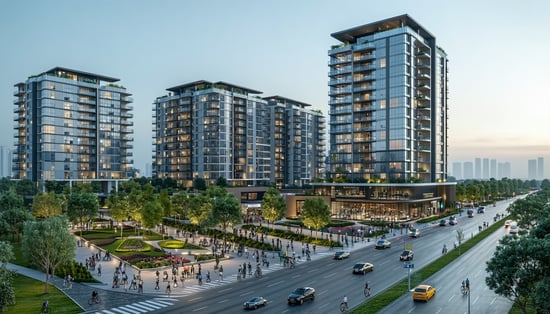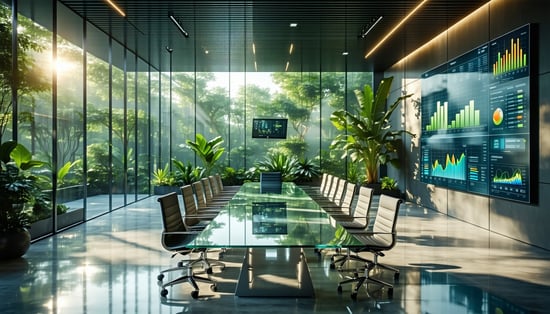It is extremely important for everyone considering the purchase of a condominium to properly understand the difference between common areas andprivate areas.
This distinction is not just a concept, but a practical knowledge that directly affects every aspect of condominium life, including the scope of ownership, the burden of management fees and reserve funds for repairs, and whether or not remodeling is allowed.
Proper understanding of these concepts based on the condominium unit ownership law will help you prevent problems after purchasing a condominium and realize a comfortable condominium life.
In this article, based on our experience in numerous condominium transactions as INA & Associates, Inc. we will explain in an easy-to-understand manner the basic concepts of common use areas and exclusive use areas as well as practical points to keep in mind.
Basic Concepts of Common and Exclusive Use Areas of a Condominium
What are Exclusive Use Areas?
Exclusive areas are those portions of a building in which a condominium unit owner has sole ownership.
Specifically, they include interior spaces such as living rooms, kitchens, bathrooms, toilets, etc., and condominium unit owners have the right to freely use, profit from, and dispose of the exclusive use areas.
The scope of the exclusive area is generally defined as the interior portion of the walls, floors and ceilings of the dwelling unit, and does not include the concrete frame or structural walls.
This classification allows condominium unit owners to freely remodel and renovate within the exclusive use area to the extent that it does not violate the management agreement.
However, there are restrictions on construction work that affects the structure and safety of the entire building, even in the exclusive use area, and approval from the management association may be required.
In addition, facilities installed in private areas, such as water supply and drainage pipes and electrical wiring, must be properly managed in consideration of their impact on other units.
What are common areas?
Common areas are those parts of the building that are jointly owned by all unit owners and are essential to the maintenance of the overall functionality of the condominium.
Common areas include building facilities such as entrance halls, corridors, stairways, elevators, machine rooms, water receiving tanks, and pump rooms.
In addition, the structural framework of the building, exterior walls, rooftops, balconies, and the entire premises are also considered common areas.
The common areas are managed by the management association, and the cost is borne by each unit owner as a management fee.
Use of common areas must be conducted within the scope of common interests of all unit owners, and as a rule, personal modification or exclusive use is not permitted.
However, there are cases where exclusive use rights may be established for specific common areas based on the management rules or detailed usage regulations.
For example, balconies, private gardens, parking lots, etc., are common areas, but are generally reserved for the exclusive use of specific condominium unit owners.
Legal Basis under the Unit Ownership Law
The distinction between common areas and exclusive areas of condominiums is clearly defined by the Law Concerning Building Unit Ownership, etc. (the Unit Ownership Law).
Article 2 of the Act defines exclusive areas as "the part of the building that is the subject of the condominium interests," and Article 4 of the same Act defines common areas as "the part of the building other than exclusive areas, annexes to the building that are not part of exclusive areas, and annexes that are designated as common areas by the rules.
This legal basis clarifies the scope of ownership and management responsibility in condominiums and establishes a mechanism to prevent problems among condominium unit owners.
The Unit Ownership Law was enacted in 1962 and has been amended several times in response to changes in social conditions since then, forming the basis of the current condominium management system.
For a detailed interpretation of the law, a deeper understanding can be obtained by referring to the "Guidelines for Proper Condominium Management" and various guidelines issued by the Ministry of Land, Infrastructure, Transport and Tourism.
Specific Classification of Common and Exclusive Use Areas
What is included in Exclusive Use Areas
It is extremely important for condominium owners to understand the exact scope of exclusive areas.
Regarding interior spaces, the living room, living room, dining room, kitchen, bathroom, toilet, washroom, storage space, etc. within a dwelling unit fall under the category of Exclusive Use Areas.
These spaces refer to the interior areas from the finishing materials of walls, floors, and ceilings, and do not include the concrete frame.
As for equipment, air conditioners, water heaters, kitchen facilities, bathroom facilities, washstands, toilet facilities, etc. installed in the dwelling unit are considered to be private areas.
However, piping and wiring connected to these facilities that affect other units or common areas may be treated as common areas.
Regarding interior materials, finishing materials such as flooring, tatami mats, carpets, wallpaper, tiles, and paint are included in exclusive use areas.
These materials can be freely changed by the condominium unit owners, but there are cases where restrictions are imposed by the management rules, so it is always necessary to check before remodeling.
What is included in common areas
Common areas cover a wide range of areas and are important elements that support the function and safety of the entire condominium.
The structural part of the building includes the concrete frame, structural walls, beams, pillars, and foundations, which are directly related to the safety of the building, and therefore any modifications by individuals are not permitted.
Common facilities include elevators, water supply and drainage equipment, electrical equipment, gas equipment, firefighting equipment, intercom equipment, auto-locking equipment, security cameras, and mechanical parking lots.
These facilities require specialized knowledge and skills for management, and regular maintenance is performed by management companies and specialized contractors.
As for the site, the entire land on which the building stands is common property, and all condominium owners have ownership rights in proportion to their interests.
Pathways, plantings, outbuildings, gates, fences, etc. are also included in the common areas and are properly maintained and managed by the management association.
Difficult to determine
In condominiums, there are areas where the boundary between common areas and private areas is ambiguous and difficult to determine.
For entrance doors, it is generally the case that the door itself is a common area, while the interior finish and key are exclusive use areas, but the treatment may differ depending on the management rules.
When considering replacing or remodeling the entrance door, it is necessary to check with the management association in advance.
Window glass and sashes are often treated as common areas because they affect the appearance of the building, and replacement or alteration by individuals is restricted.
However, anti-condensation and heat insulation measures on the inside may be permitted within the scope of the management agreement.
Balconies and private yards are special areas that are common areas but for which a particular dwelling unit has the right of exclusive use.
The structural part and its function as an evacuation route must be maintained as a common area, and there are restrictions on personal modifications.
Plumbing and wiring are classified as exclusive areas if they are directly connected to equipment in the dwelling unit, and as common areas if they affect other dwelling units or common areas.
Since this classification requires technical judgment, it is important to have a specialist confirm the classification prior to construction.
| Item | Exclusive area | Common area | Remarks |
|---|---|---|---|
| Interior space | Circle | -Interior | Inside walls, floors and ceilings |
| Concrete frame | - - Inside of walls, floors, ceilings | ○ - Inside of walls, floors and ceilings | Structural part of building |
| Entrance door body | - ○ | Interior finish may be proprietary. | Interior finishes may be exclusive parts |
| Window glass and sash | -Window glass and sash | Window glass and sash - ○ | To affect the exterior appearance |
| Balcony | - ○ | Balcony - ○ | Exclusive use right available |
| Elevator | -Elevator | Yes | Common facilities |
| Hot water heater | Hot water heater | -Hot water heater | Piping (in dwelling unit) Piping (in dwelling unit) Piping (in dwelling unit) |
| Piping (in dwelling unit) | Piping (in dwelling unit) | -Piping (in dwelling unit) | Portion not affecting other dwelling units |
| Piping (common area) | -Piping (common area) | ○ ○ - Areas that do not affect other dwelling units | Areas that affect other dwelling units |
| Site | - ○ ○ ○ ○ ○ ○ ○ ○ ○ ○ ○ ○ ○ ○ ○ ○ ○ ○ ○ ○ ○ ○ | ○ ○ - ○ | Equity ownership |
Relationship between management fee and reserve for repairs
Scope of Management Fee
Management fees are necessary to properly maintain and manage the common areas of condominiums and are an important monthly expense to be borne by condominium unit owners.
The main uses of management fees include cleaning costs for common areas, maintenance and inspection costs for facilities, personnel costs for management staff, utility costs, insurance premiums, and outsourcing costs to management companies.
Cleaning expenses are charged to maintain the aesthetics and hygiene of the entire common area, including the entrance hall, corridors, stairways, elevator interior, garbage storage, parking lots, and plant maintenance.
Facility maintenance and inspection costs include periodic inspections and minor repairs of elevators, water supply and drainage equipment, electrical equipment, firefighting equipment, mechanical parking lots, etc., which are essential to ensure the safety and functionality of the building.
Personnel expenses for management staff include salaries and social insurance premiums for management staff who perform daily management tasks, and are an important factor in supporting the safety and comfort of residents.
Utility expenses include electricity costs for lighting in common areas, elevators, water supply and drainage pumps, and mechanical parking lots, as well as water and sewage charges related to water supply and drainage in common areas.
Fees for outsourcing to a management company are the costs of outsourcing professional management services to a management company, and include administrative support for the management association, accounting services, and various procedures on behalf of the association.
Repair Reserve Fund Structure
The repair reserve fund is a fund accumulated by condominium unit owners in preparation for future large-scale repair work, and is an important system directly related to maintaining the asset value of condominiums.
Large-scale repair works include painting and repairing exterior walls, waterproofing rooftops, renewing water supply and drainage pipes, updating elevators, and renovating exterior structures, etc. These works are essential for extending the life of the building and improving the living environment.
The amount of the repair reserve is calculated based on the long-term repair plan, and is determined in consideration of the building size, structure, type of equipment, and age of the building.
The long-term repair plan is prepared based on the Ministry of Land, Infrastructure, Transport and Tourism's "Guidelines for the Preparation of Long-Term Repair Plans," and projects the timing and cost of necessary repair work over a period of about 30 years.
The appropriate level of the repair reserve fund can be referred to the "Guidelines Concerning the Repair Reserve Fund for Condominiums" published by the Ministry of Land, Infrastructure, Transport and Tourism, which provides guideline amounts based on the total floor area and structure of the building.
If there is a shortfall in the repair reserve fund, it will be necessary to collect a lump sum or borrow money, which will increase the financial burden on condominium owners, so it is important to formulate and implement an appropriate reserve plan.
| Expense items | Management fee | Reserve for repairs | Main use |
|---|---|---|---|
| Cleaning expenses | Cleaning expenses | -Daily cleaning, periodic cleaning | Daily cleaning, periodic cleaning |
| Equipment maintenance and inspection | Maintenance and inspection of facilities | -Facility maintenance | Elevators, plumbing, etc. |
| Personnel expenses for janitorial staff | Personnel expenses for management staff | Day-to-day management | Daily management |
| Utility expenses | Utility expenses | - - Utilities | Electricity and water for common areas |
| Insurance premiums | ○ - Insurance premiums | ○ - Comprehensive building insurance, etc. | Comprehensive building insurance, etc. |
| Management company outsourcing fee | Management company commission fee | Management company outsourcing fee ○ - Management company outsourcing fee ○ - Management company outsourcing fee | Management service outsourcing |
| Exterior wall repair | -Exterior wall repair | Exterior wall repair - ○ | Painting, tile repair, etc. |
| Rooftop waterproofing | -Rooftop waterproofing | Waterproofing | Waterproofing, repair work |
| Water supply and drainage pipe renewal | -Water supply and drainage pipe renewal | Pipe replacement | Pipe replacement work |
| Elevator renewal | -Elevator renewal | ○ ○ | Equipment renewal work |
| Exterior renovation | - ○ ○ | ○ - ○ | Renovation of parking lots, plantings, etc. |
Points to note when remodeling/renovating
Remodeling of Exclusive Use Areas
Remodeling and renovation in exclusive areas are recognized as the rights of condominium unit owners, but it is necessary to understand that there are restrictions according to the management rules and detailed rules for use.
Regarding the scope of freedom, renovations can be made to the extent that they do not affect the structure, such as changing the room layout, changing interior materials, and replacing equipment and devices.
Replacing flooring, changing wallpaper, updating kitchen and bathroom equipment, and adding storage space can generally be done freely.
However, prior confirmation is required for flooring changes, as some management regulations may have standards regarding sound insulation performance from the perspective of preventing noise to the floor below.
In remodeling involving floor plan changes, it is important to distinguish between structural and non-structural walls, and removing or changing structural walls is prohibited because it affects the safety of the building.
Regarding changes to electrical and plumbing facilities, changes to wiring and piping within the private areas are allowed, but work that affects common areas must be approved by the management association.
Restrictions in the management agreement may include limitations on construction hours, the obligation to notify the construction contractor, prior notification to neighboring units, and methods for disposal of waste materials.
These restrictions are in place to maintain the overall living environment of the condominium and to prevent problems between residents, and it is important to fully confirm these restrictions at the renovation planning stage.
Construction work related to common areas
Construction work involving common areas must be approved by the management association and cannot be carried out at the discretion of an individual.
Work that requires approval from the management association includes work on exterior walls, balcony remodeling, private garden renovation, entrance door replacement, and window glass and sash changes.
Since these works may affect the appearance and structure of the building, they require thorough consideration and approval procedures by the management association.
As for balconies, although they have the right of exclusive use, they are common areas, so changes to railings, flooring materials, and the installation of storage space require the approval of the management association.
In addition, modifications that impair the function of the balcony as an evacuation route are not permitted, and safety in the event of an emergency is the highest priority.
Plumbing and wiring work that may affect other units or common areas also requires the approval of the management association and installation by a professional contractor.
In consideration of neighboring units, care must be taken to minimize noise, vibration, and dust during the construction period.
Before the start of construction, a greeting and explanation of the construction work must be given to neighboring units, and construction hours must be limited to the hours stipulated in the management agreement.
Parking of construction vehicles must also comply with the rules regarding the use of common areas, and care must be taken not to impede the passage or parking of other residents.
When using elevators to bring in and out materials, it is important to take measures to prevent damage to common areas by sufficiently curing them.
Conclusion
Understanding the common andexclusive areas of a condominium is important knowledge for all aspects of the condominium, from the purchase of the condominium to daily life and future maintenance of asset value.
It is important to understand that while the exclusive use of a condominium unit is within the free use of the unit owners, it is restricted by the management rules, and it is important to recognize that the common areas must be properly managed as the common property of all unit owners.
As points to check before purchasing a condominium, we recommend that you fully examine the contents of the management agreement, the level of management fees and reserve fund for repairs, the adequacy of the long-term repair plan, and the management status of the management association.
In particular, it is important to carefully determine the status of the repair reserve fund and future large-scale repair plans, while receiving advice from experts, as these directly affect the asset value of the condominium.
Regarding the importance of proper management of the management association, all unit owners should have a sense of ownership and actively participate in the activities of the management association in order to maintain a good living environment and asset value.
INA&Associates Inc. provides comprehensive support to protect your valuable assets, from condominium purchase to management.
If you have any questions or concerns about condominiums, our experienced and professional human resources can provide the best solution for your individual needs.
Frequently Asked Questions
Q1: Are balconies private property?
A1: A balcony is a common area, but it is a special area that certain units have the right to use exclusively. The structural part and its function as an evacuation route must be maintained as a common area, and any personal modifications require the approval of the management association. If you wish to change the handrail or flooring material, please check the management agreement in advance and submit an application to the management association if necessary.
Q2: Can I freely replace the front door?
A2: The main body of the front door is generally treated as a common area and cannot be replaced at the discretion of an individual. If you wish to replace the door, you must apply to and receive approval from the management association. However, the inside finish of the door and the key may be treated as private property and handled differently according to the management agreement, so it is important to check in advance.
Q3: Should I avoid apartments with high management fees?
A3: It is important to evaluate the overall balance between management details and costs, rather than making judgments based solely on the level of management fees. In a properly managed condominium, the asset value of the building will be maintained and the economic benefits will be greater in the long run. Please carefully consider the cost-effectiveness of management fees by checking the use of management fees, the track record of the management company, and the management association's operations.
Q4: Who will bear the cost of repairing common areas?
A4: Repair expenses for common areas are paid from the repair reserve fund. The repair reserve fund is a monthly fund set aside by condominium unit owners to provide for future large-scale repair work. In the event of a shortfall in the repair reserve fund, it will be necessary to collect a lump-sum payment or borrow money, so it is important to maintain an appropriate reserve plan.
Q5: Are there any restrictions on renovation of the exclusive area?
A5: Remodeling of exclusive areas is basically free, but there are some restrictions according to the management rules. The main restrictions include limits on construction time, sound insulation performance standards for flooring materials, prohibition of changes to structural walls, and the obligation to notify neighboring units in advance. We recommend that you thoroughly check the management agreement at the renovation planning stage and consult with the management association as necessary.

Daisuke Inazawa
Representative Director of INA&Associates Inc. Based in Osaka, Tokyo, and Kanagawa, he is engaged in real estate sales, leasing, and management. He provides services based on his extensive experience in the real estate industry. Based on the philosophy that “human resources are a company's most important asset,” he places great importance on human resource development. He continues to take on the challenge of creating sustainable corporate value.

.png)
